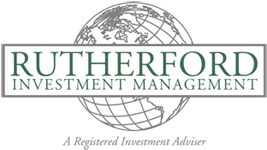Obama, Federal Reserve Further Muddy Economic Waters
Originally posted in the Daily Journal of Commerce, Portland OR
Published July 8, 2013

The Federal Reserve has taken great pains to tell the markets under what circumstances it would reduce QE, and raise rates. The conditions were a reduction in unemployment to 6.5 percent, a growing economy and a lack of serious inflation. Two of these conditions are being met. Therefore, every thinking person has known that rate increases were in the cards and being contemplated. Indeed, Federal Reserve minutes and Fed speakers indicated that there was not board unanimity, and some governors favored ending quantitative easing even now. But when Bernanke, in testimony before Congress, tried to emphasize that the Fed was considering tapering QE, the equity markets staged a tantrum.
Ending QE is admittedly a very difficult task for anyone, even normally articulate Bernanke. However, the markets appeared “shocked and appalled” that the Fed would even consider raising rates. Talk about an entitled generation. How about a whole industry? Wall Street, which has been bailed out over and over during the Great […]

